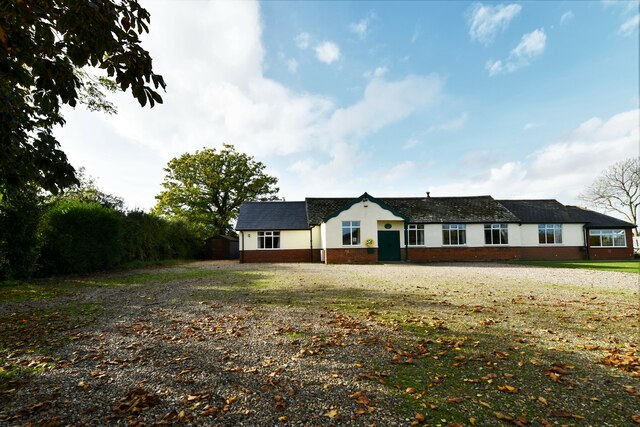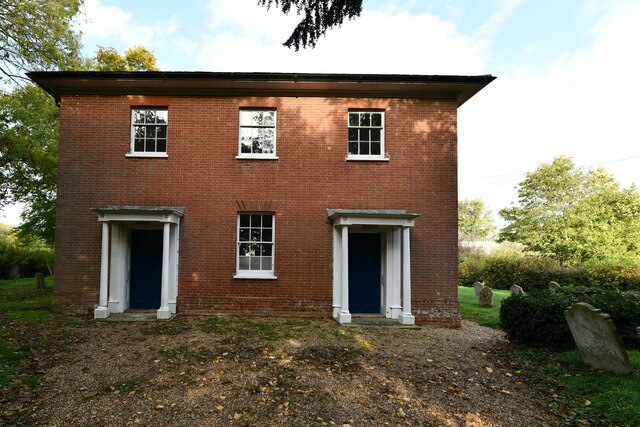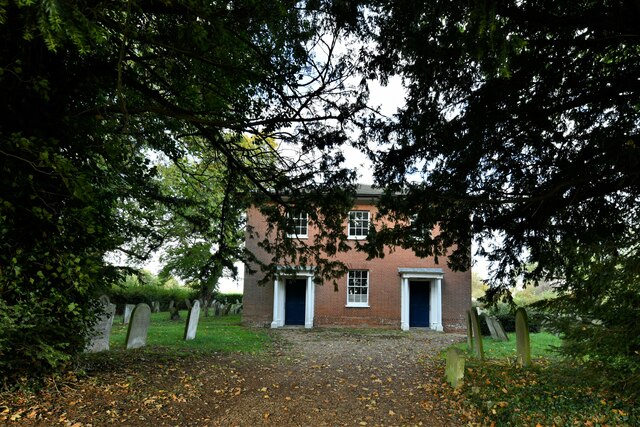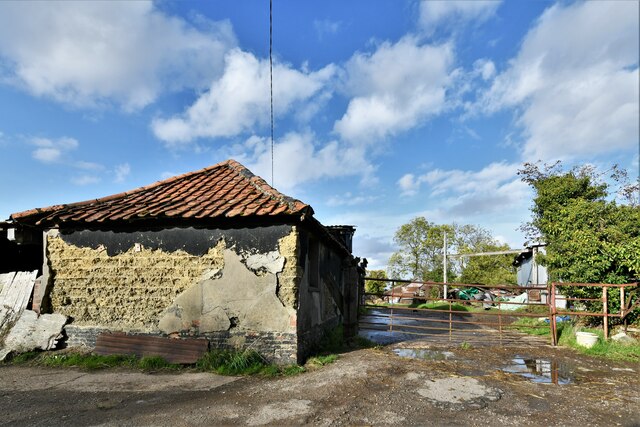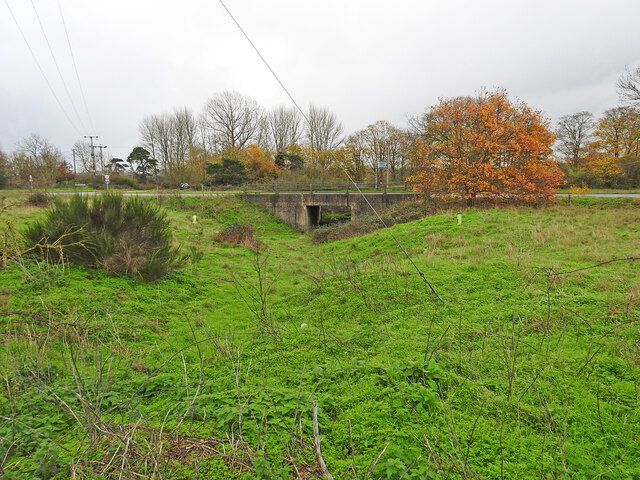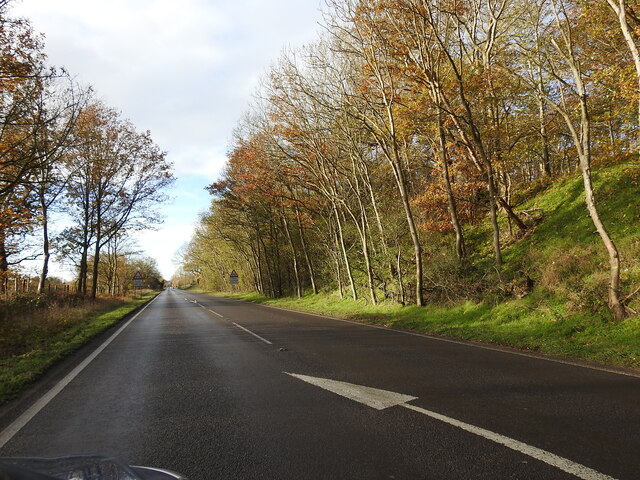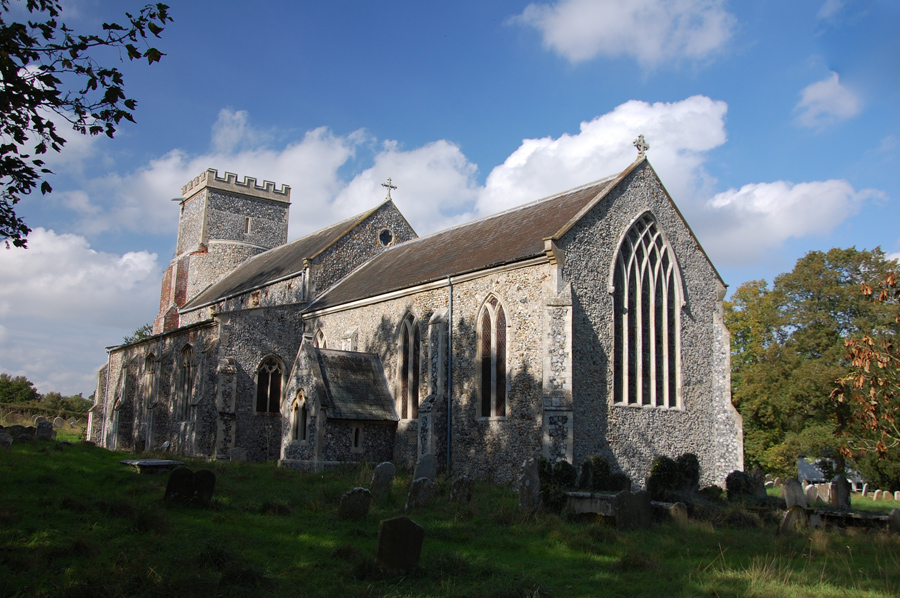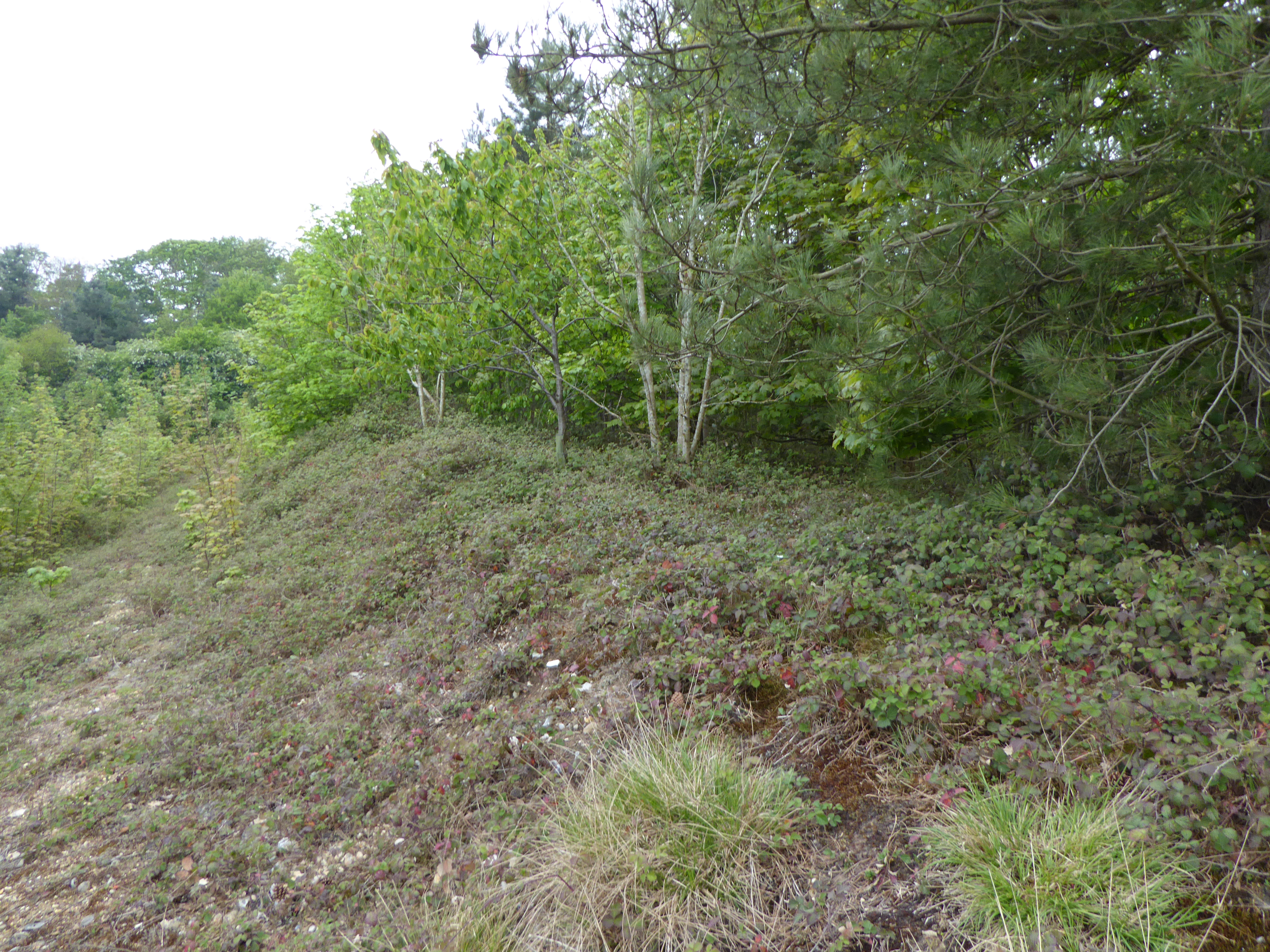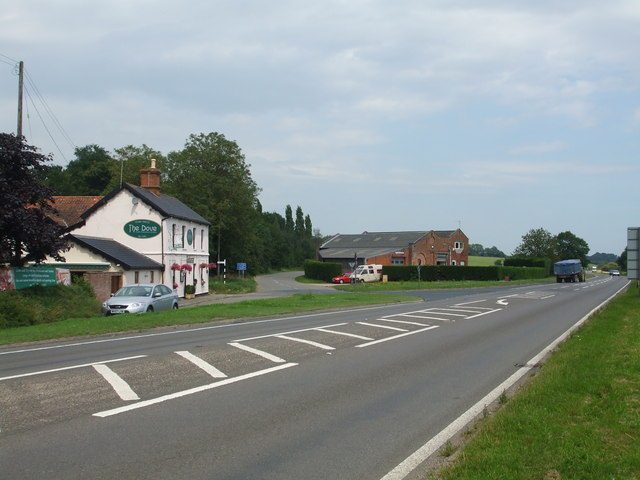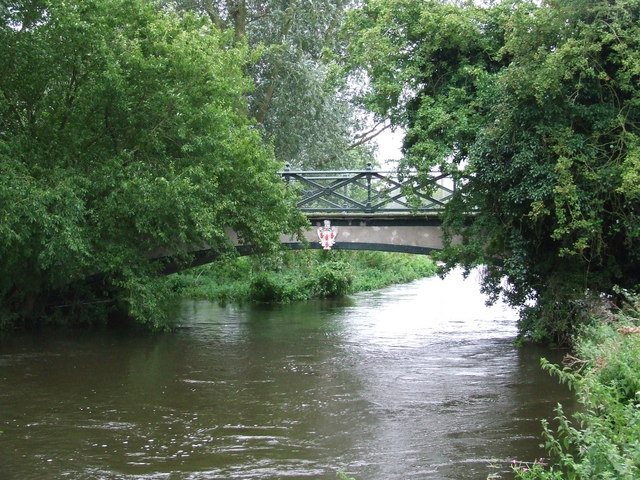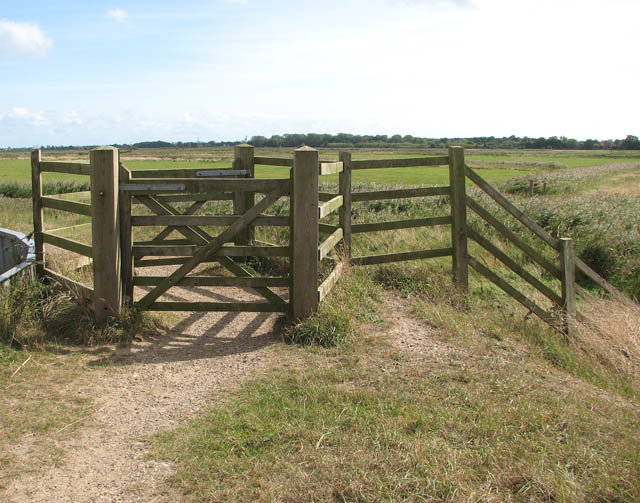East Wood
Wood, Forest in Norfolk South Norfolk
England
East Wood
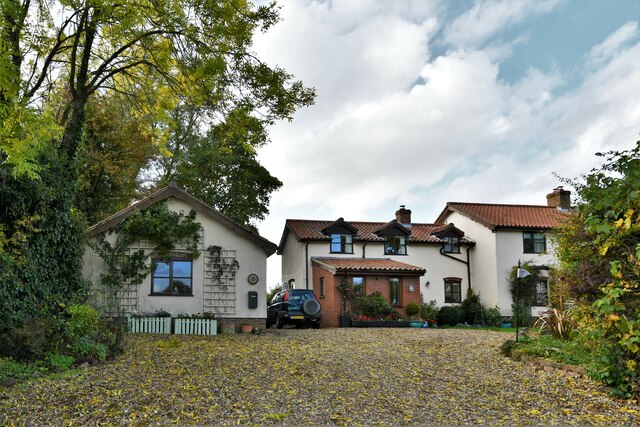
East Wood, Norfolk is a small village located in the county of Norfolk, England. Nestled in the heart of the Norfolk countryside, it is surrounded by lush greenery and beautiful landscapes, making it an idyllic location for those seeking a peaceful and tranquil retreat.
The village is situated on the eastern edge of a large forest, which gives it its name. The forest is known for its diverse range of trees, including oak, beech, and pine, providing a rich habitat for various wildlife species. This makes East Wood a popular destination for nature lovers and outdoor enthusiasts who enjoy exploring the forest trails and observing the local flora and fauna.
The village itself is characterized by charming cottages and houses, many of which date back several centuries, adding to its quaint and picturesque appeal. The community is tight-knit, with a friendly and welcoming atmosphere, making it an ideal place for families and individuals looking for a close-knit community.
Despite its small size, East Wood has a few amenities to offer its residents. There is a local village hall that hosts community events and gatherings, as well as a small convenience store where residents can purchase everyday essentials. For more extensive shopping and entertainment options, the nearby town of Norfolk is easily accessible.
Overall, East Wood, Norfolk is a quiet and scenic village that offers a peaceful way of life amidst the beauty of the surrounding forest. Whether it is for a relaxing weekend getaway or a permanent residence, this charming village provides a serene escape from the hustle and bustle of city living.
If you have any feedback on the listing, please let us know in the comments section below.
East Wood Images
Images are sourced within 2km of 52.440621/1.3701775 or Grid Reference TM2987. Thanks to Geograph Open Source API. All images are credited.
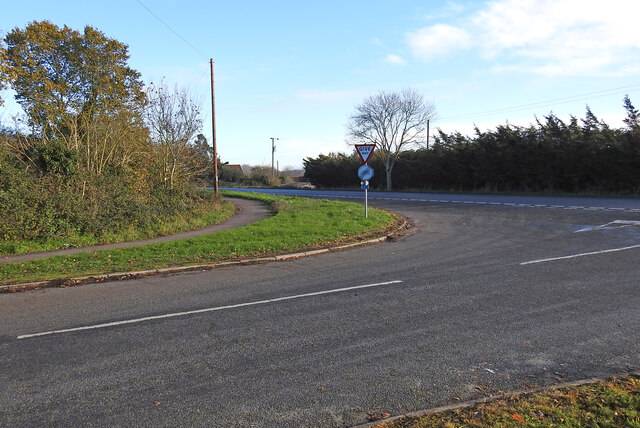
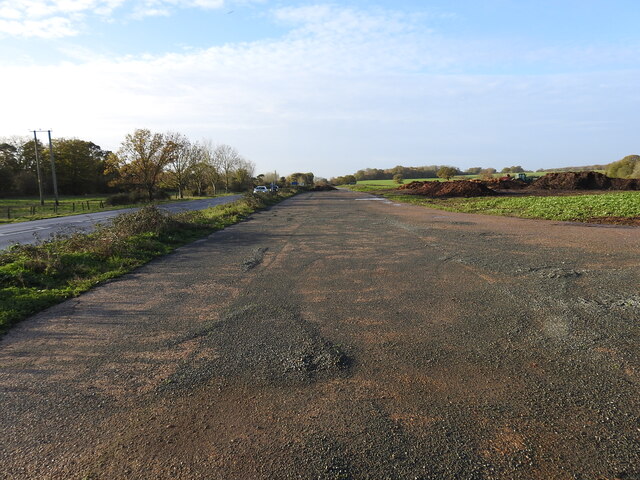
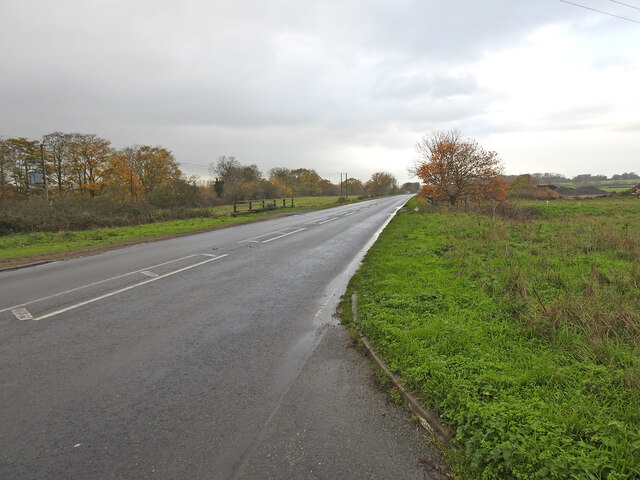
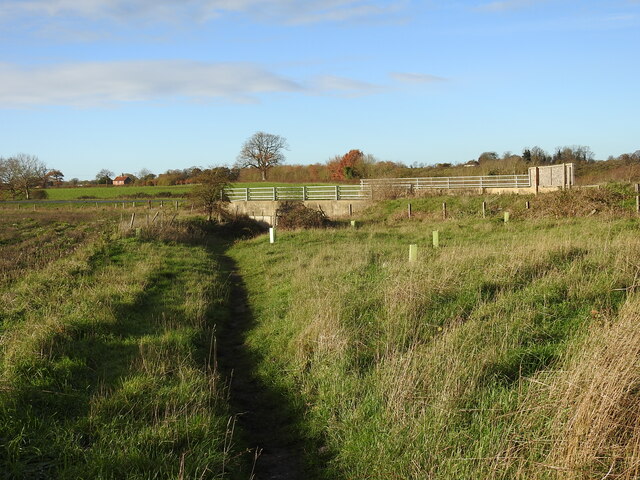
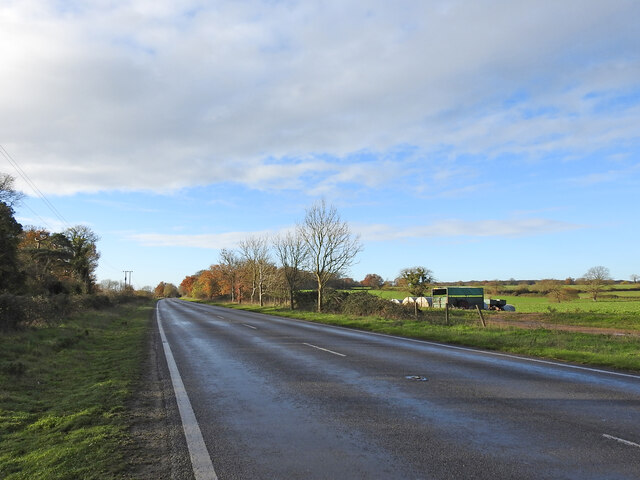
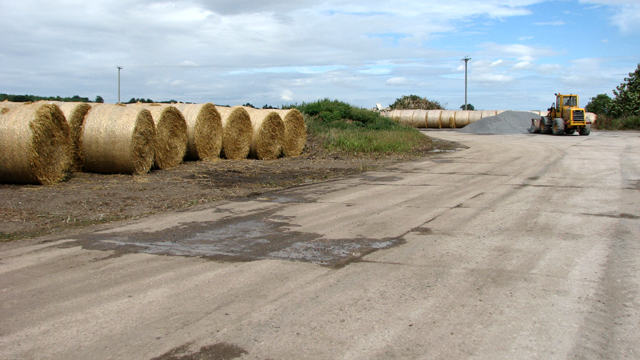
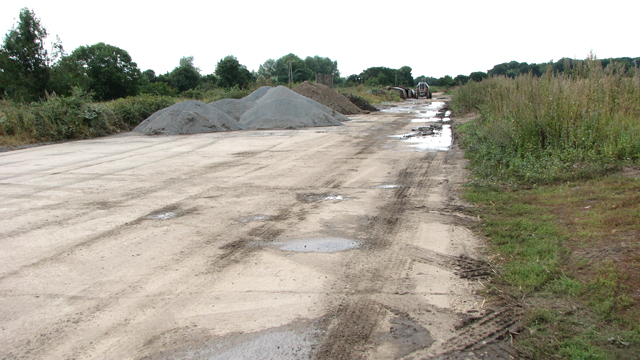
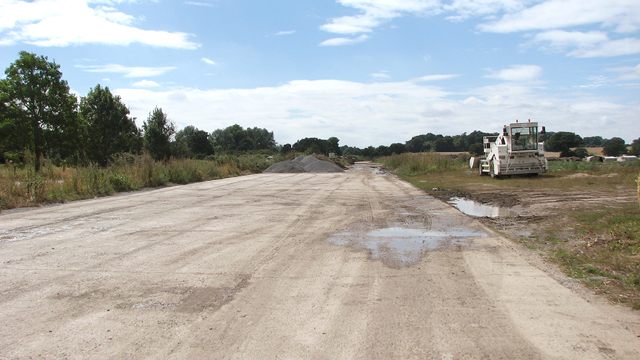
East Wood is located at Grid Ref: TM2987 (Lat: 52.440621, Lng: 1.3701775)
Administrative County: Norfolk
District: South Norfolk
Police Authority: Norfolk
What 3 Words
///hobby.workshop.economics. Near Bungay, Suffolk
Nearby Locations
Related Wikis
Denton, Norfolk
Denton is a village and civil parish in the English county of Norfolk. Denton is located 3.8 miles north-east of Harleston and 13 miles south of Norwich...
Flixton Quarry
Flixton Quarry is a 0.7 hectares (1.7 acres) geological Site of Special Scientific Interest 3.75 miles (6.04 km) south-west of Bungay in the English county...
Homersfield railway station
Homersfield was a railway station which served the village of Homersfield in Suffolk, England, although the station was located in Alburgh, across the...
Flixton, The Saints
Flixton is a village and civil parish located in the north of the English county of Suffolk. It is around 2 miles (3.2 km) south-west of Bungay in the...
Homersfield Bridge
Homersfield Bridge is a road bridge across the River Waveney between Norfolk and Suffolk, and stands partly in the civil parishes of Alburgh and Wortwell...
Homersfield
Homersfield, also known as St Mary, South Elmham, is a village and civil parish in the north of the English county of Suffolk. It is in the East Suffolk...
Alburgh
Alburgh is a village and civil parish in the English county of Norfolk. It lies about four miles (6 km) north-east of Harleston and 16 miles (26 km) south...
Angles Way
The Angles Way is a long-distance footpath in England, close to the River Waveney and River Little Ouse and thus close to the Norfolk/Suffolk border between...
Have you been to East Wood?
Leave your review of East Wood below (or comments, questions and feedback).


